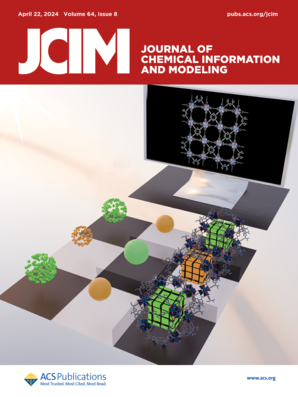工业气溶胶热点地区的液态云冰川化、降雪和云量减少
IF 5.6
2区 化学
Q1 CHEMISTRY, MEDICINAL
引用次数: 0
摘要
人为气溶胶冻结过冷云滴的能力仍存在争议。在这项研究中,我们提出了工业气溶胶热点地区-10°至-24°C温度范围内过冷液态水云冰冻的观测证据。与附近的液态水云相比,受冰川影响区域的短波反射率降低了 14%,长波辐射率增加了 4%。云量减少了 8%,云光学厚度减少了 18%。此外,冰川作用引起的日降雪量达到 15 毫米。工业气溶胶热点地区下风向的冰川事件表明,人为气溶胶很可能是冰核粒子。然而,核电站下风向罕见的冰川现象表明,气溶胶排放以外的因素也可能在观测到的冰川现象中发挥作用。本文章由计算机程序翻译,如有差异,请以英文原文为准。
Glaciation of liquid clouds, snowfall, and reduced cloud cover at industrial aerosol hot spots
The ability of anthropogenic aerosols to freeze supercooled cloud droplets remains debated. In this work, we present observational evidence for the glaciation of supercooled liquid-water clouds at industrial aerosol hot spots at temperatures between −10° and −24°C. Compared with the nearby liquid-water clouds, shortwave reflectance was reduced by 14% and longwave radiance was increased by 4% in the glaciation-affected regions. There was an 8% reduction in cloud cover and an 18% reduction in cloud optical thickness. Additionally, daily glaciation-induced snowfall accumulations reached 15 millimeters. Glaciation events downwind of industrial aerosol hot spots indicate that anthropogenic aerosols likely serve as ice-nucleating particles. However, rare glaciation events downwind of nuclear power plants indicate that factors other than aerosol emissions may also play a role in the observed glaciation events.
求助全文
通过发布文献求助,成功后即可免费获取论文全文。
去求助
来源期刊
CiteScore
9.80
自引率
10.70%
发文量
529
审稿时长
1.4 months
期刊介绍:
The Journal of Chemical Information and Modeling publishes papers reporting new methodology and/or important applications in the fields of chemical informatics and molecular modeling. Specific topics include the representation and computer-based searching of chemical databases, molecular modeling, computer-aided molecular design of new materials, catalysts, or ligands, development of new computational methods or efficient algorithms for chemical software, and biopharmaceutical chemistry including analyses of biological activity and other issues related to drug discovery.
Astute chemists, computer scientists, and information specialists look to this monthly’s insightful research studies, programming innovations, and software reviews to keep current with advances in this integral, multidisciplinary field.
As a subscriber you’ll stay abreast of database search systems, use of graph theory in chemical problems, substructure search systems, pattern recognition and clustering, analysis of chemical and physical data, molecular modeling, graphics and natural language interfaces, bibliometric and citation analysis, and synthesis design and reactions databases.

 求助内容:
求助内容: 应助结果提醒方式:
应助结果提醒方式:


